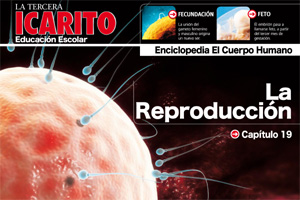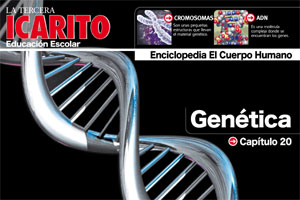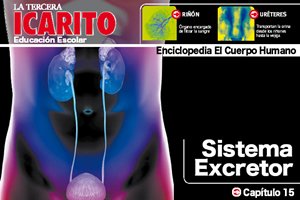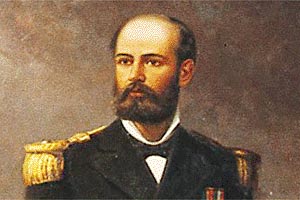In the nineteenth chapter of our collection we have gotten to know the wonderful process through which human beings manage to reproduce, as well as the continuous development of the new being. In order to see what and how much you have learned about this chapter, we recommend you go over the tips and summaries and answer some check up questions.
Summaries
Fertilization
– The sexual act or coitus is the physical bond of a man and woman. During this process, the man deposits his spermatozoa in the woman’s vagina, easing the encounter between ovule and spermatozoon.
– The exact moment of fertilization occurs when the nuclei of both cells bond.
– When the zygote has 64 cells is dubbed blastocyst. It will be the one to finally be implanted in the wall of the uterus.
– Endoderm, mesoderm and ectoderm are three germinative layers that spawn all of the new being’s structures.
Attached structures
– The amniotic sack is the bag that contains the fetus during its development and is made up of two membranes: the amnion and chorion.
– The placenta is similar to a flattened disc and its main task is to communicate the mother and fetus’s blood vessels.
Fetal development and childbirth
– During the second trimester of gestation it is already possible to see the fetus’s genitals and thus, determine its sex.
– In the eighth month, the fetus prepares for its exit, positioning its head into the mother’s pelvic cavity.
– Childbirth is the process through which the fetus and accompanying structures are expulsed towards the exterior.
Fertility
– There are different kinds of contraceptive methods, among the, natural, barrier, chemical and surgical.
– Definite sterilization procedures in men and women are the vasectomy and tube tying, respectively.
– In vitro fertilization and artificial insemination are among the most common methods of assisted reproduction.







